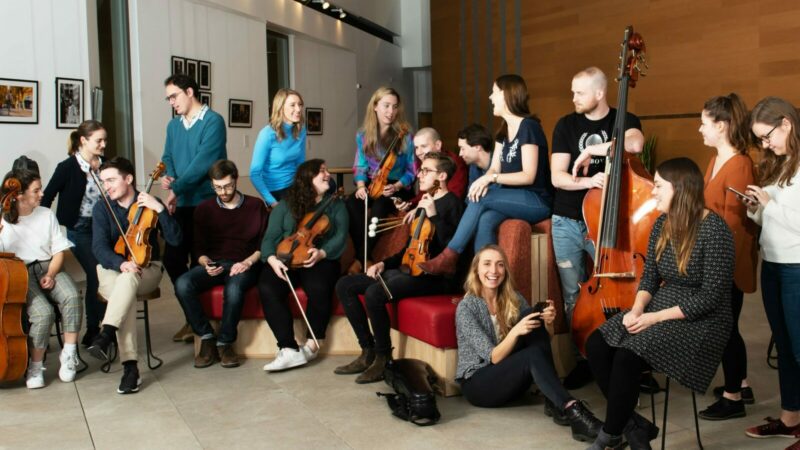Crafting an effective narrative
Text makes up a large part of how you or your organisation communicate with online audiences. How can you clearly write about who you are in a way that invites people to take an interest in your work? This article will give you some pointers for reviewing your online copy.
Be Clear
Using clear, plain English will make your content more readable online for everyone. The Government Digital Service recommends writing for a reading age of 9 (the average adult reading age in the UK) in online copy to ensure it is easy to understand for everyone. Use a readability checker to check your copy. Use short, clear sentences and avoid acronyms, idioms and jargon. Headings and bullet points add structure and can help make writing easier to read as well.
Be consistent across your channels
It can be useful to draft some short, medium and long descriptive copy about your work or your organisation that can be used across different digital channels. This will ensure that whether it’s for a Twitter bio, an email sign-off or an online press release, you talk about your organisation or practice in a consistent way across different channels.
Be concise and to the point
Online audiences tend to scan text online rather than read every word, so ensure you are being as concise as possible with the points you are making. With social media copy this is even more true: if you are writing big paragraphs of text in your social posts, you probably need to think about breaking them down.
Example: National Portrait Gallery
The National Portrait Gallery uses concise social copy to introduce its video content
Be open and inclusive
Arts and cultural organisations and artists often have close-knit communities of support, which are reflected online. It can be hard to balance speaking to your existing community with reaching out to new audiences. When writing web pages or social posts, don’t assume someone has seen a performance or knows your history. It often only takes a few extra words to include those that don’t know you, as well as those who do. This invites new audiences to engage and contributes to your growth online.
Example: writing inclusively
A dance company is planning a one-off performance of its most popular show to celebrate its 10 year anniversary. One of the lead dancers will be returning to the company for the performance.
Closed, exclusive language:
“We’re so excited to be celebrating the anniversary of ‘The Boy That Could’ with Deborah Smith back to perform for the first time since its premiere!”
Open and inclusive language:
“We’ll be celebrating 10 years since the premiere of our show ‘The Boy That Could’ with a performance featuring original cast member Deborah Smith, returning for the first time since the show’s premiere in 2013.”
Adding some explanatory details invites new audiences to engage as well as existing ones.
Write with the audience in mind
It is important to write copy for your audience, not you or your organisation. Think about your existing audiences as well as any new audiences you would like to connect with. What do they need to know? What do they care about? It is almost always different to what feels important to you as an organisation or artist, so try to remove yourself from the work and write with the people you are trying to engage with in mind.
Following these tips should help you communicate your work effectively online. If you’d like to learn more about building audiences online, read about conducting an online audience audit, or deciding your digital channel strategy.

About the author
Katie Connolly, Space Associate
Katie is a freelance content specialist and digital associate for The Space. She works across media, education and culture to advise organisations on digital content strategy and online audience development.
How useful was this resource?




